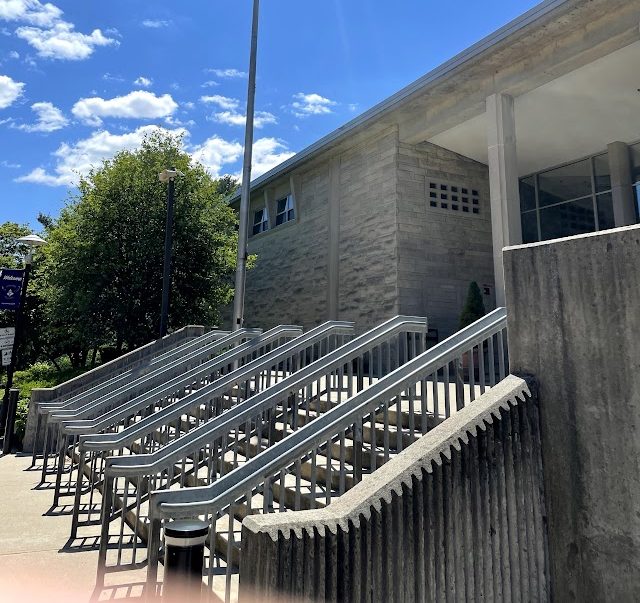Just before 9:00 p.m. on Wednesday, January 29th, an American Airlines flight carrying 64 passengers collided with a Black Hawk helicopter over the Potomac River. All 67 people involved, including three Army personnel aboard the helicopter, are believed to have died in the crash. The tragedy is among the country’s deadliest aviation accidents ever. People across the United States have shared in an outpouring of condolences and shock.
Conversely, a new point of tension quickly emerged in the wake of the disaster. The crash occurred just a few miles from the heart of Washington, D.C., and it was quickly swept up by the turbulent currents of modern politics. Twenty-four hours after the worst plane crash in America since November 2001, people’s thoughts were not with the families of the victims but with the controversial response of the White House.
On Thursday, President Donald Trump held a press conference to address the disaster. He broadly called out “Democrat policies” at the Federal Aviation Administration (FAA) and told reporters that DEI “could have” played a role in the disaster.
DEI stands for Diversity, Equity, and Inclusion. It is the practice of considering an individual’s background—factors like socioeconomic status, ethnicity, and race—during the hiring process. The goal is to reflect the diversity of the United States in corporate workplaces by hiring more people from historically underrepresented groups. Critics of DEI, including President Trump, say that the process undermines merit-based hiring and is detrimental to the American workforce.
Diversity hiring originated in the 1960s when the Civil Rights Act began protecting equal employment opportunities under national law. Per MIT research, some major companies were spending $8 billion on diversity programs by 2003.
The day after the crash over the Potomac, Trump faulted DEI programs that were active in the federal government during the Obama and Biden administrations. He reiterated his belief that diversity staffing at air traffic control towers contributed to the collision. Asked whether or not he was going to visit the site of the crash, Trump wondered if reporters “wanted him to go swimming”; the wreckage from both aircraft sank underwater.
The president’s comments have garnered backlash from multiple U.S. Senators, including Connecticut’s Chris Murphy (D). Murphy told CNN that Trump was “blaming black people and blaming women who work at the FAA without any evidence.” He also believes it’s “incredible that a president of the United States can say that.”
The search for concrete answers about the crash is just beginning, but some evidence has already been circulated. For example, audio recorded by the nearby air traffic control (ATC) towers just before the crash is available on YouTube. Widely published footage from across D.C. shows the destructive, fiery collision at a distance.
Secretary of Defense Pete Hegseth, confirmed on January 24th after a contentious appearance before Congress, said “a mistake was made” related to the Black Hawk helicopter. The Army members on board were carrying out a routine test flight at the time of the crash. When flight data was first recovered, experts determined they were flying some 200 feet over the approved altitude ceiling for commercial airspace. Later analysis of the helicopter’s black box, a tracking mechanism that records detailed flight data, found that it strayed from the planned course. This would put the Black Hawk at the same altitude as the passenger plane preparing to land at Reagan National Airport.
Of course, the investigation is still ongoing. Officials stated on Friday, January 31, that it could take months to determine the circumstances of the crash fully. To date, no evidence has emerged to suggest that the pilots, the air traffic controllers, or other relevant personnel were involved in the accident because of DEI.
Donald Trump’s response to major domestic incidents was tested just ten days after starting his second term. After tragedies like the crash over the Potomac, presidents traditionally grieve with the nation, provide clarity about the road ahead, and become strong leaders for millions of mourning people. In the past, tragic events have acted as a unifying force. Americans collectively wept for what they lost, then found how to proceed as a nation.
However, Trump’s recent remarks to the country were not focused on finding solace or outlining a way forward. Instead, he struck a chord with the deep divides among people in the United States. Since Wednesday evening, coverage of the collision has pivoted harshly from the heartbreaking loss of life to the ongoing arguments among our leaders. The almost immediate politicization of the D.C. plane crash demonstrates that American national identity is becoming inhospitable for sympathy, cooperation, and unity.

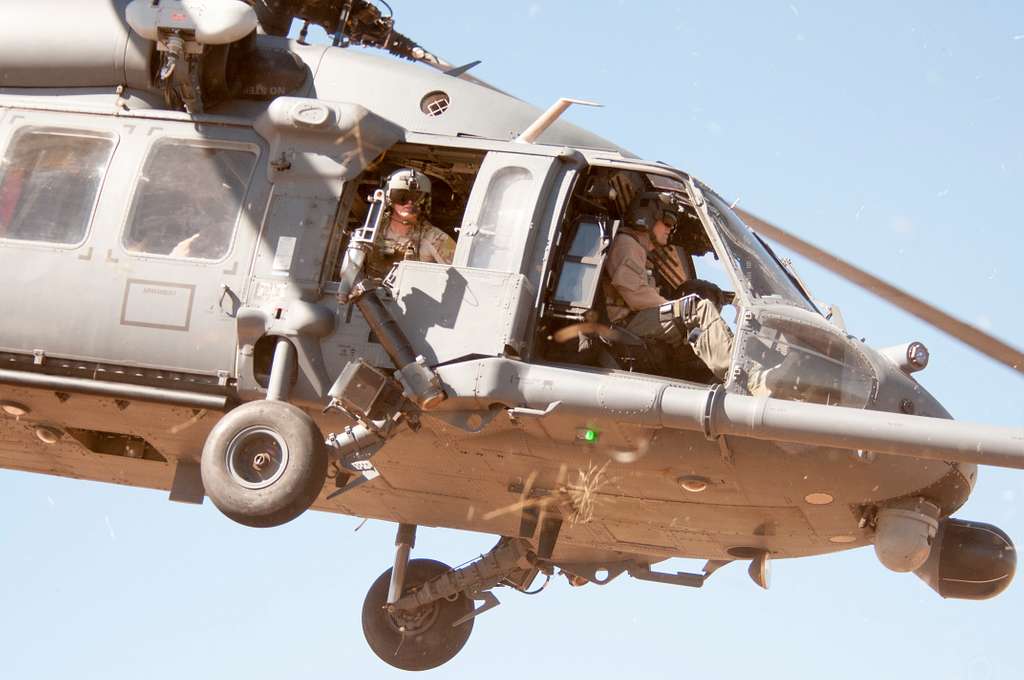
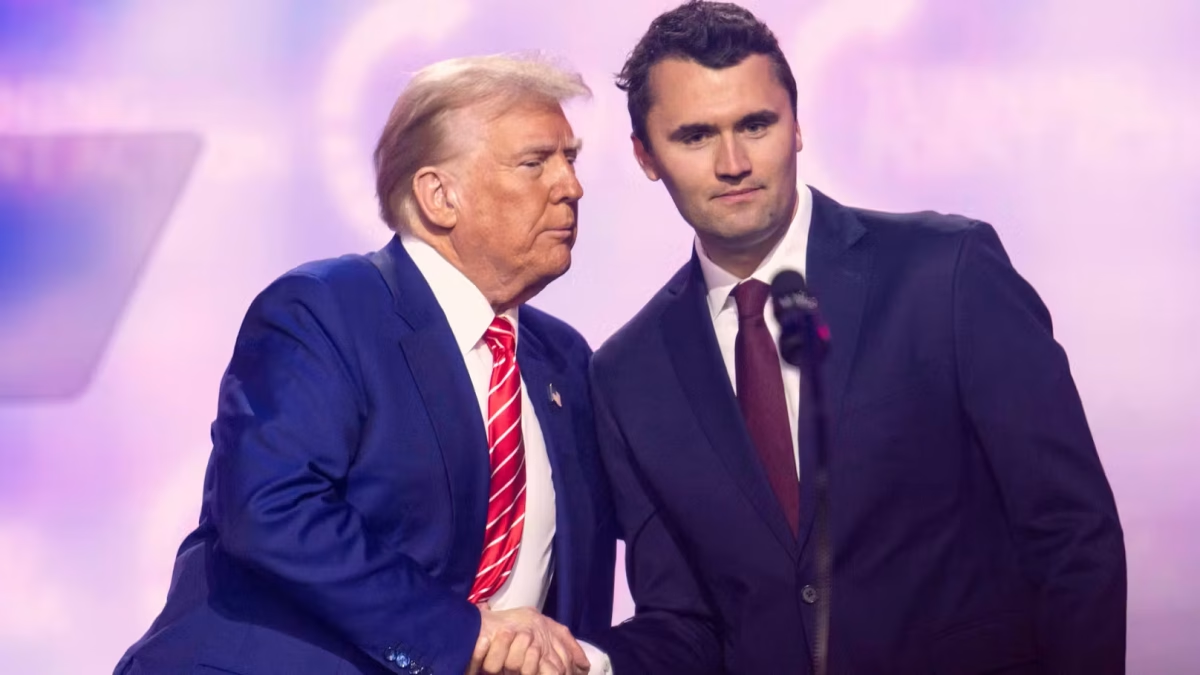
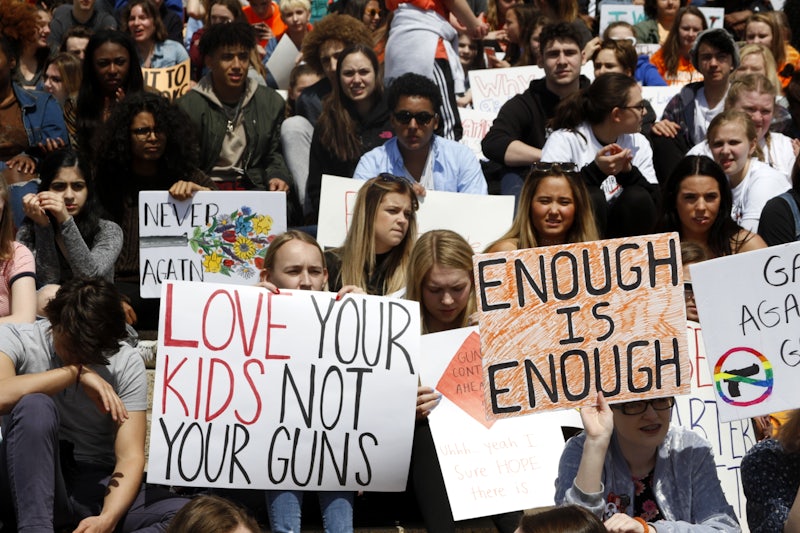
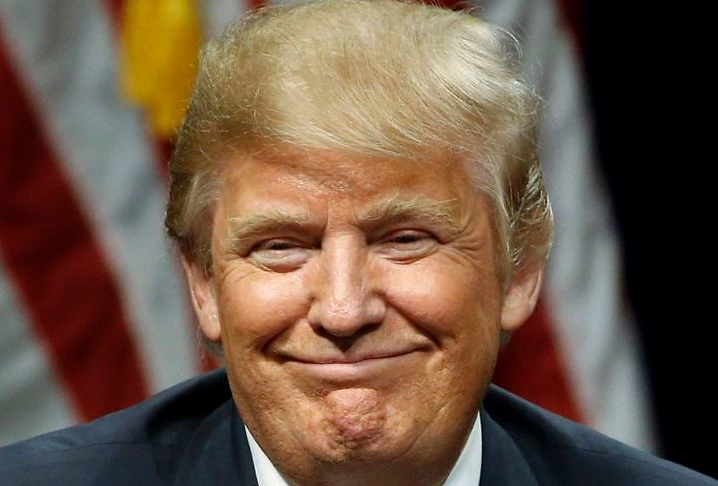

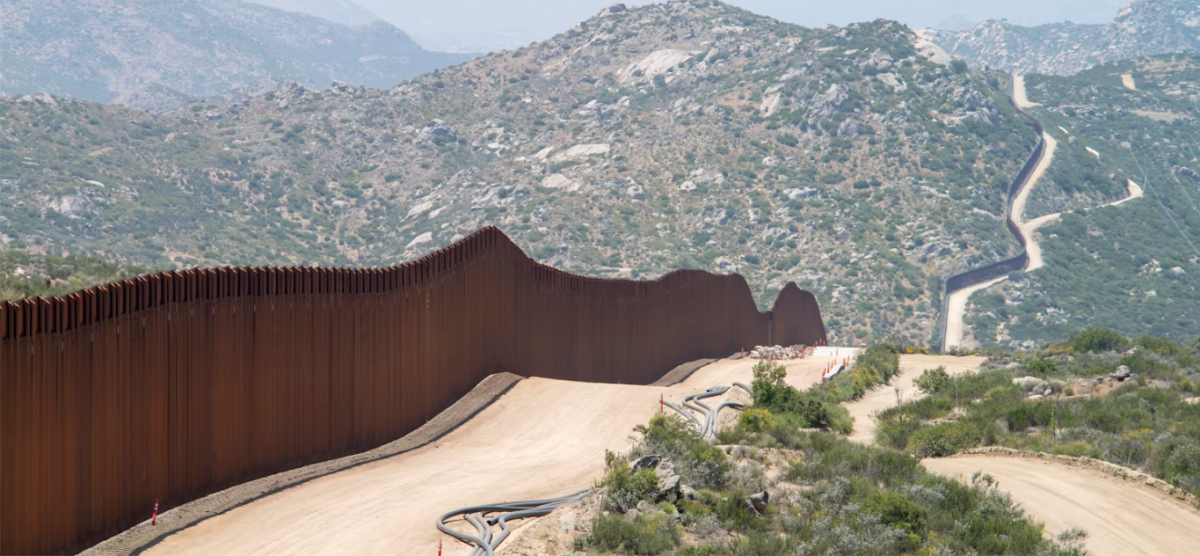
![[Protest Tbilisi April 2024] by [Jelger Groeneveld] is licensed under [CC BY 2.0].](https://flhsprospect.com/wp-content/uploads/2025/01/Screenshot-2025-01-29-151213-1-1200x897.png)
![[Charlie Kirk] by [Gage Skidmore] is licensed under [CC BY-SA 2.0].](https://flhsprospect.com/wp-content/uploads/2025/09/charlie-kirk-article-1200x800.jpg)



